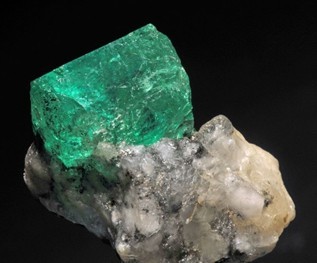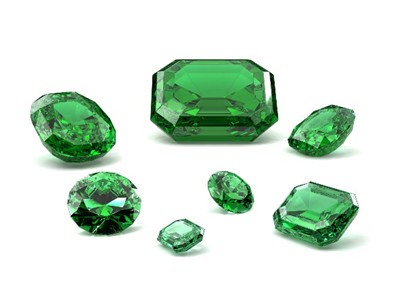Emerald or emerald is a transparent, deep green variant of beryllium, the color of which is attributed to impurities of chromium and sometimes vanadium. Beryllium has a hardness of 7.5-8 on the Mohs scale (with a maximum value of 10) used to measure the hardness of minerals. Its name comes from the ancient Greek word “emerald” which means green stone, while in English, their name comes from Sanskrit where emerald means green.

The most important country of production is Colombia. Their exploitation began by the Incas long before the arrival of the Spaniards. High quality emeralds continue to be mined from the Muzo mine. Other producing countries are: Brazil, USA, Urals, Zambia, Zimbabwe, India, Pakistan and Australia.
After the color, the value is determined by the purity which is similar to diamonds, a clean – clear gem will bring great value, but an emerald without inclusions indicates that the stone has been treated (such as annoying cracks on the surface which are smoothed with special oil) or that it is synthetic.
The purity of an emerald is determined by the number, size and location of the inclusions in the stone. We have perfect clarity only in fine qualities, often the emerald is translucent because of the inclusions which show us their geological nature. Cutting and carat (weight) are also important factors in determining price.
Its color symbolizes the hope and bloom of flowers in spring, as it is considered the stone of the month of May, while in America, it is the ideal gift for the 20th, 35th and 55th wedding anniversary of a couple. It is one of the most recognizable gemstones.





